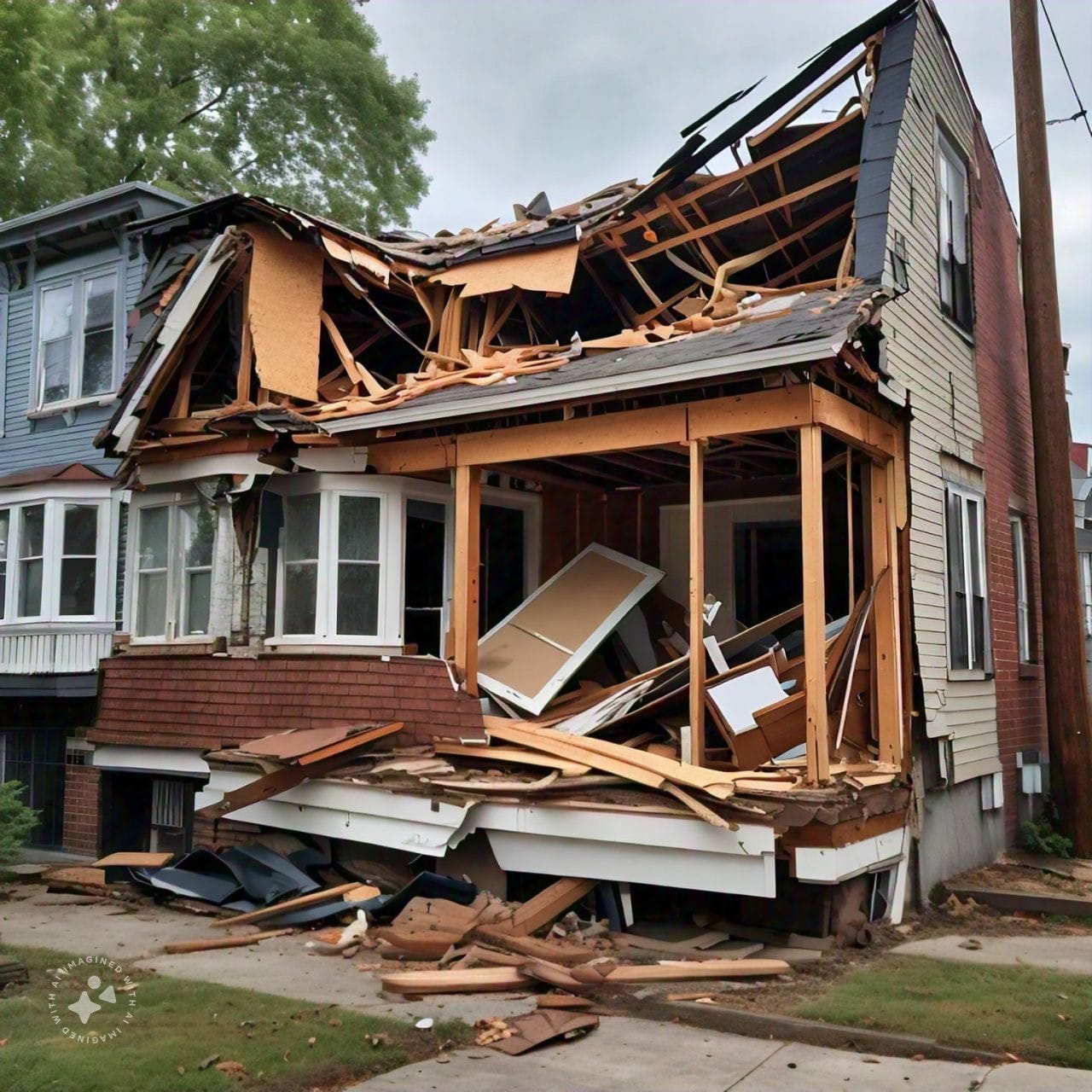When a storm wreaks havoc on a home or business, the instinct is to jump straight into the restoration process. However, an essential first step is often overlooked: documenting the damage before restoration begins. This crucial phase is necessary for obtaining insurance claims and ensures that nothing is missed during the repair process. Neglecting to record the initial state of the damage can lead to problems down the line, including disputes over the scope of work and compensation. We will explore why this step is critical and how it affects the restoration journey.
Understanding the Importance of Documentation
Documenting storm damage is about more than just taking a few photos. It involves comprehensively evaluating the affected areas cataloging visible and hidden damage. All information helps tell the complete story of what happened and provides the evidence to support future claims. Often, damage caused by a storm might not be immediately apparent, with structural weaknesses or leaks showing themselves only after some time has passed. Taking detailed notes and photographs at different angles and times allows homeowners and contractors to track the progression of issues. Insurers will look for clear, thorough, and comprehensive damage documentation when processing insurance claims. Without it, they may question the severity or even the existence of certain damages, potentially reducing the payout amount. Proper documentation avoids these misunderstandings and provides a clear record that all parties can agree on.
Preventing Future Disputes
Another significant reason for documenting storm damage is to avoid disputes. Restoration projects often involve numerous parties – homeowners, contractors, insurance adjusters – and disagreements can arise over the extent of the repairs needed or the costs involved. When there is clear, irrefutable evidence of the damage taken before any work is done, everyone has a shared understanding of the starting point. This clarity reduces the chances of arguments over what needs to be repaired or replaced. Often, restoration involves visible repairs like fixing a roof or windows and unseen repairs to things like plumbing, wiring, or insulation. These are harder to prove if they aren’t well-documented, which makes disputes more likely. Having thorough records ensures that the scope of work can be agreed upon from the outset, preventing delays, conflicts, and additional expenses later.
Supporting Accurate Insurance Claims
One of the biggest reasons homeowners need thorough documentation of storm damage is for insurance purposes. Filing a claim with sufficient evidence can lead to a higher payout or denial. Insurance companies often require detailed proof of loss to verify the claim’s validity. This proof includes pictures, videos, and written descriptions of the damage to the property. It can also include receipts for any temporary repairs or expenses incurred during the storm. By providing accurate and thorough documentation, homeowners increase the chances of their insurance claims being approved without complications. Insurance adjusters are more likely to approve claims with solid evidence of the damage and its impact. This can be the difference between a swift, full payout and a prolonged battle over compensation. Additionally, providing this evidence immediately prevents delays in the claim process, ensuring restoration work can begin without financial hurdles.
Ensuring Compliance with Regulations
In some regions, there are legal requirements for documenting storm damage before any restoration work can begin. These regulations ensure that homeowners and contractors follow proper procedures and do not rush into repairs without assessing the full scope of the damage. Proper documentation ensures compliance with local building codes, insurance company policies, and other legal obligations. In cases where restoration work is subject to inspection, detailed documentation helps prove that all necessary steps were taken before repairs began. This prevents costly fines or issues during future inspections. Moreover, maintaining a thorough record of the restoration process, from damage assessment to final repairs, creates a permanent record for the homeowner. This record can be useful if the property is sold in the future, as it proves that all storm-related issues were resolved according to code.
Keeping Track of Costs and Materials
Documenting damage also helps track costs and materials during the restoration process. When damage is fully recorded from the outset, homeowners and contractors can accurately estimate the materials needed and the cost of repairs. Without a detailed record of the damage, there is a risk of underestimating the required work, leading to unexpected expenses. Additionally, clear documentation allows homeowners to track the restoration process and ensure all repairs are completed correctly. This includes verifying that the right materials are used and that no shortcuts are taken during the work. Without thorough documentation, it’s easier for mistakes or corners to be cut. With clear records, however, homeowners can hold contractors accountable and ensure that the restoration work meets their expectations.
In the wake of a storm, feeling overwhelmed by the damage and eager to get things back to normal is easy. However, skipping the documentation step before storm damage restoration from Dalton Brown Restoration and Construction near Louisville can have significant consequences. Documenting the damage is a crucial part of the restoration process, from supporting insurance claims to avoiding future disputes and ensuring compliance with regulations. Protecting your home and investment starts with a thorough, well-organized damage assessment before any repairs begin.

















